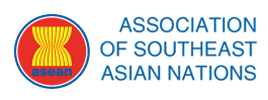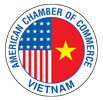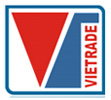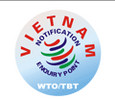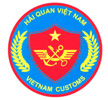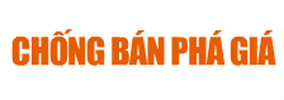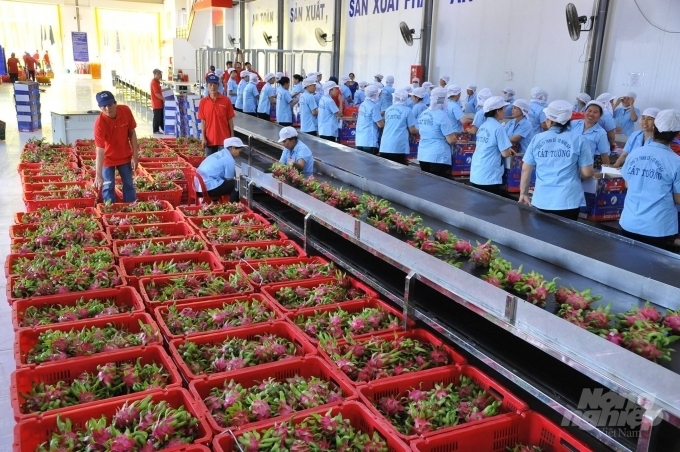 In the first quarter of 2022, Vietnam's export turnover to India reached US$1.92 billion, up 12.6% over the same period last year.
In the first quarter of 2022, Vietnam's export turnover to India reached US$1.92 billion, up 12.6% over the same period last year.
According to the Trade Promotion Department (Ministry of Industry and Trade), bilateral trade cooperation between Vietnam and India has increased rapidly from US$200 million (in 2000) to more than US$13 billion (in 2021).
Entering the first quarter of 2022, Vietnam's export turnover to India reached US$1.92 billion, up 12.6% over the same period last year. In the opposite direction, Vietnam's imports from India reached US$2.05 billion. The target of bilateral trade turnover is US$15 billion for the whole year.
Speaking at the online trade promotion conference on trade promotion and business cooperation between Vietnam and India on April 12, Mr. Le Hoang Tai, Deputy Director of the Trade Promotion Department, said India is one of the countries with the highest GDP growth rates in the world.
India's population is about 1.4 billion people with a large market capacity, creating many opportunities for businesses from other countries, including Vietnam. Like other countries, the Indian economy was heavily affected by Covid-19 but has gradually recovered and regained its growth momentum in 2021 and 2022.
“The current period when both India and Vietnam are emerging from the shadow of the Covid-19 pandemic and focusing on a rapid economic recovery is the golden time to focus on promoting effective cooperation," said Mr. Tai.
It’s notable that in the agricultural sector, Vietnam can promote the export of dragon fruit, spices such as cinnamon, anise, pepper and cardamom to India.
In particular, Indian businesses want to invest in the production of value-added agricultural products in Vietnam to export back to the Indian market due to the very high demand for processed foods in India. Therefore, the two countries have plenty of room for cooperation in investment and trade in agricultural products as well as support for each other in processing technology.
According to Mr. T.K. Pandey, Director of the Chamber of Commerce and Industry of Indian Import Enterprises, the Indian market is opening strongly with the fact that India has just signed a Free Trade Agreement (FTA) with the United Arab Emirates (UAE) and in 2022 can sign with a number of other countries such as the UK, EU, Canada, and the Gulf of Nations.
The flow of goods exported to the Indian market has increased in recent years. Therefore, to control the quality of goods and ensure fairness in the market, the Government of India has issued the Customs Rules (managing rules of origin under FTA- CAROTAR in 2020). These are the contents that businesses need to pay special attention to when trading with this market.
Mr. Yogesh Gaba, a goods and services tax (GST) expert, said that to import goods into the Indian market, importing companies in India must provide detailed information about the country of origin to the Indian authorities to conduct verification procedures when necessary.
CAROTAR 2020 also requires exporters to ensure that they meet the origin criteria as prescribed, such as the requirement for processing rate, and the localization of products in the exporting country must meet the requirements of 35%. The importing enterprises must carry out basic due diligence before importing such goods.
In case the verification procedure has not been completed, the importer who wants to approve the shipment will have to put a guaranteed amount equal to the difference between the normal tax and the preferential tax.
According to Rule 3, CAROTAR 2020, in order to enjoy the preferential tax rate under the FTA, at the time of applying for import, the importer or agent must declare and clearly indicate on the bill of lading and import declaration (Bill of Entry) on the origin of the goods; clearly state on the entry invoice the corresponding tariff notice for each item; present a certificate of origin for each item for which the preferential tax rate is claimed; and enter the certificate of origin details in the bill of lading.
Mr. Yogesh Gaba noted that if the certificate of origin is not presented at the time of making the customs declaration, the preferential tariff will not be applied. However, importers can add it in a certain period of time to enjoy preferential tax rates.
Source: VCN
Keywords: import, export, goods, India





